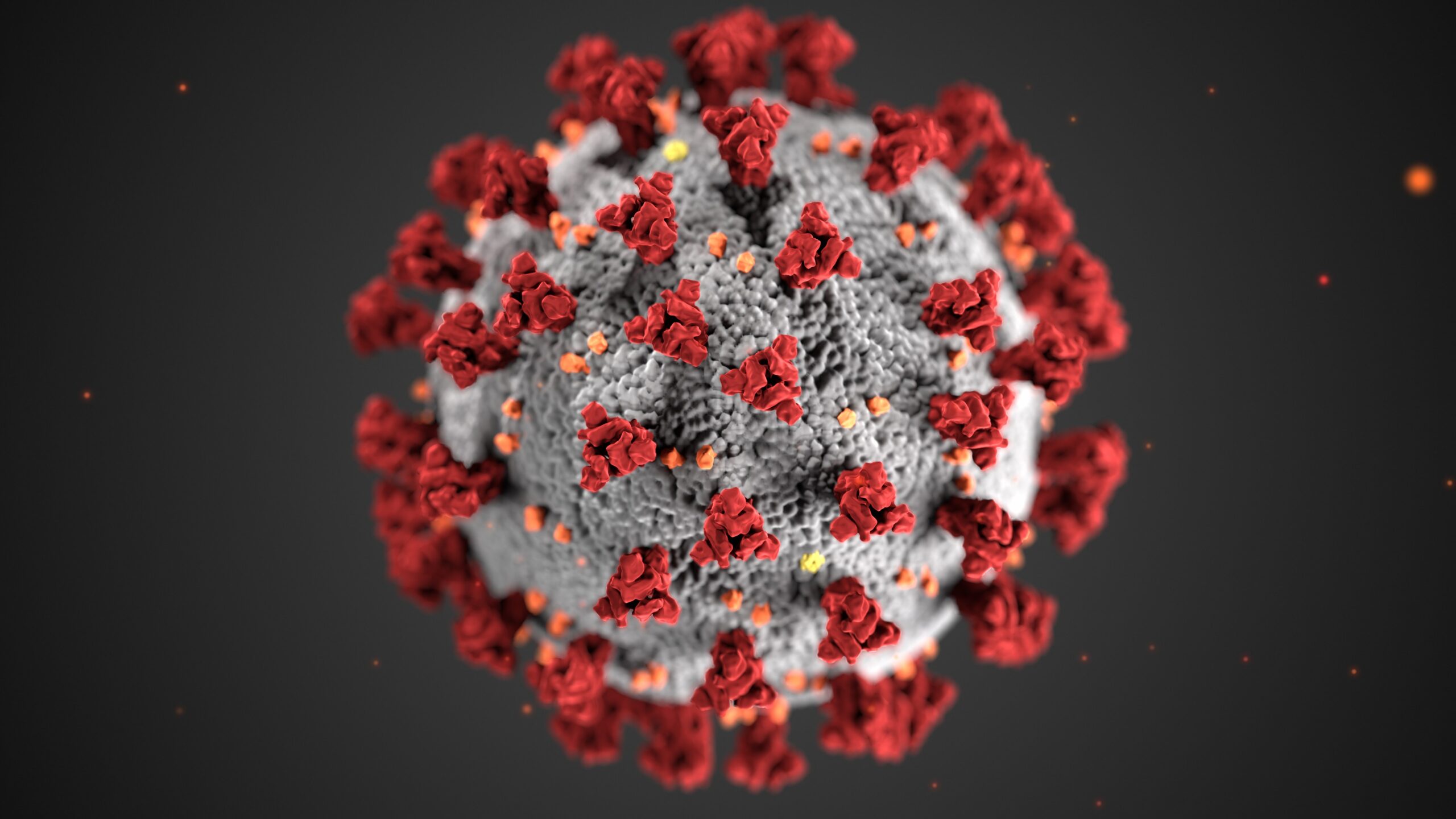Writes Dr.Manzoor Ahmad Yetoo
Hospital is a place of almighty, a place to serve the patient. Since beginning, the hospitals are known for the treatment of sick persons but we are unaware about the adverse effects of the garbage and filth generated by them on human body and environment. Now it is a well established fact that there are many adverse and harmful effects to the environment including human beings which are caused by the “Hospital waste” generated during the patient care. Hospital waste is a potential health hazard to the health care workers, public and flora and fauna of the area. Hospital acquired infection, transfusion transmitted diseases, rising incidence of Hepatitis B, and HIV, increasing land and water pollution lead to increasing possibility of catching many diseases. Air pollution due to emission of hazardous gases by incinerator such as Furan, Dioxin, Hydrochloric acid etc. have compelled the authorities to think seriously about hospital waste and the diseases transmitted through improper disposal of hospital waste. This problem has now become a serious threat for the public health and, ultimately, the Central Government had to intervene for enforcing proper handling and disposal of hospital waste and an act was passed in July 1996 and a bio-medical waste (handling and management) rule was introduced in 1998.
A modern hospital is a complex, multidisciplinary system which consumes thousands of items for delivery of medical care and is a part of physical environment. All these products consumed in the hospital leave some unusable leftovers i.e. hospital waste. The last century witnessed the rapid mushrooming of hospital in the public and private sector, dictated by the needs of expanding population. The advent and acceptance of “disposable” has made the generation of hospital waste a significant factor in current scenario.
What is hospital waste
Hospital waste refers to all waste generated, discarded and not intended for further use in the hospital.
Classification of hospital waste
(1) General waste: Largely composed of domestic or house hold type waste. It is non-hazardous to human beings, e.g. kitchen waste, packaging material, paper, wrappers, plastics.
(2) Pathological waste: Consists of tissue, organ, body part, human foetuses, blood and body fluid. It is hazardous waste.
(3) Infectious waste: The wastes which contain pathogens in sufficient concentration or quantity that could cause diseases. It is hazardous e.g. culture and stocks of infectious agents from laboratories, waste from surgery, waste originating from infectious patients.
(4) Sharps: Waste materials which could cause the person handling it, a cut or puncture of skin e.g. needles, broken glass, saws, nail, blades, scalpels.
(5) Pharmaceutical waste: This includes pharmaceutical products, drugs, and chemicals that have been returned from wards, have been spilled, are outdated, or contaminated.
(6) Chemical waste: This comprises discarded solid, liquid and gaseous chemicals e.g. cleaning, house keeping, and disinfecting product.
(7) Radioactive waste: It includes solid, liquid, and gaseous waste that is contaminated with radionucleides generated from in-vitro analysis of body tissues and fluid, in-vivo body organ imaging and tumour localization and therapeutic procedures.
Amount and composition of hospital waste generated
(a) Amount
Country Quantity (kg/bed/day)
U. K. 2.5
U.S.A. 4.5
France 2.5
Spain 3.0
India 1.5
(b) Hazardous/non-hazardous
Hazardous 15%
a) Hazardous but non-infective 5%
b) Hazardous and infective 10%
Non-hazardous 85%
(c) Composition
By weight
Plastic 14%
Combustible
Dry cellublostic solid 45%
Wet cellublostic solid 18%
Non-combustible 20%
Biomedical waste
Any solid, fluid and liquid or liquid waste, including it’s container and any intermediate product, which is generated during the diagnosis, treatment or immunisation of human being or animals, in research pertaining thereto, or in the production or testing of biological and the animal waste from slaughter houses or any other similar establishment. All biomedical waste are hazardous. In hospital it comprises of 15% of total hospital waste.
Rationale of hospital waste management
Hospital waste management is a part of hospital hygiene and maintenance activities. In fact only 15% of hospital waste i.e. “Biomedical waste” is hazardous, not the complete. But when hazardous waste is not segregated at the source of generation and mixed with nonhazardous waste, then 100% waste becomes hazardous. The question then arises that what is the need or rationale for spending so much resources in terms of money, man power, material and machine for management of hospital waste ? The reasons are:
• injuries from sharps leading to infection to a.ll categories of hospital personnel and waste handler.
• nosocomial infections in patients from poor infection control practices and poor waste management.
• risk of infection outside hospital for waste handlers and scavengers and at time general public living in the vicinity of hospitals.
• risk associated with hazardous chemicals, drugs to persons handling wastes at all levels.
• “disposable” being repacked and sold by unscrupulous elements without even being washed.
• drugs which have been disposed of, being repacked and sold off to unsuspecting buyers.
• risk of air, water and soil pollution directly due to waste, or due to defective incineration emissions and ash.
Approach for hospital waste management
Based on Bio-medical Waste (Management and Handling) Rules 1998, notified under the Environment Protection Act by the Ministry of Environment and Forest (Government of India).
1. Segregation of waste
Segregation is the essence of waste management and should be done at the source of generation of Bio-medical waste e.g. all patient care activity areas, diagnostic services areas, operation theaters, labour rooms, treatment rooms etc. The responsibility of segregation should be with the generator of biomedical waste i.e. doctors, nurses, technicians etc. (medical and paramedical personnel). The biomedical waste should be segregated as per categories mentioned in the rules.
2. Collection of bio-medical waste
Collection of bio-medical waste should be done as per Bio-medical waste (Management and Handling) Rules. At ordinary room temperature the collected waste should not be stored for more than 24 hours.
Type of container and colour code for collection of bio-medical waste.
Category Waste class Type of container Colour
1. Human anatomical waste Plastic Yellow
2. Animal waste -do- -do-
3. Microbiology and Biotechnology waste -do- Yellow/Red
4. Waste sharp Plastic bag puncture proof containers Blue/White Translucent
5. Discarded medicines and Cytotoxic waste Plastic bags Black
6. Solid (biomedical waste) -do- Yellow
7. Solid (plastic) Plastic bag puncture proof containers Blue/White Translucent
8. Incineration waste Plastic bag Black
9. Chemical waste (solid) -do- -do-
3. Transportation
Within hospital, waste routes must be designated to avoid the passage of waste through patient care areas. Separate time should be earmarked for transportation of bio-medical waste to reduce chances of it’s mixing with general waste. Desiccated wheeled containers, trolleys or carts should be used to transport the waste/plastic bags to the site of storage/ treatment.
Trolleys or carts should be thoroughly cleaned and disinfected in the event of any spillage. The wheeled containers should be so designed that the waste can be easily loaded, remains secured during transportation, does not have any sharp edges and is easy to clean and disinfect. Hazardous biomedical waste needing transport to a long distance should be kept in containers and should have proper labels. The transport is done through desiccated vehicles specially constructed for the purpose having fully enclosed body, lined internally with stainless steel or aluminium to provide smooth and impervious surface which can be cleaned. The drivers compartment should be separated from the load compartment with a bulkhead. The load compartment should be provided with roof vents for ventilation.
4. Treatment of hospital waste
Treatment of waste is required:
• to disinfect the waste so that it is no longer the source of infection.
• to reduce the volume of the waste.
• make waste unrecognizable for aesthetic reasons.
• make recycled items unusable.
4.1 General waste
The 85% of the waste generated in the hospital belongs to this category. The, safe disposal of this waste is the responsibility of the local authority.
4.2 bio-medical waste: 15% of hospital waste
• Deep burial: The waste under category 1 and 2 only can be accorded deep burial and only in cities having less than 5 lakh population.
• Autoclave and microwave treatment Standards for the autoclaving and microwaving are also mentioned in the Biomedical waste (Management and Handling) Rules 1998. All equipment installed/shared should meet these specifications. The waste under category 3,4,6,7 can be treated by these techniques. Standards for the autoclaving are also laid down.
• Shredding: The plastic (IV bottles, IV sets, syringes, catheters etc.), sharps (needles, blades, glass etc) should be shredded but only after chemical treatment/microwaving/autoclaving. Needle destroyers can be used for disposal of needles directly without chemical treatment.
• Secured landfill:: The incinerator ash, discarded medicines, cytotoxic substances and solid chemical waste should be treated by this option.
• Incineration: The incinerator should be installed and made operational as per specification under the BMW rules 1998 and a certificate may be taken from CPCB/State Pollution Control Board and emission levels etc should be defined. In case of small hospitals, facilities can be shared. The waste under category 1,2,3,5,6 can be incinerated depending upon the local policies of the hospital and feasibility. The polythene bags made of chlorinated plastics should not be incinerated.
• It may be noted that there are options available for disposal of certain category of waste. The individual hospital can choose the best option depending upon the facilities available and its financial resources. However, it may be noted that depending upon the option chosen, correct colour of the bag needs to be used.
5. Safety measures
5.1 All the generators of bio–medical waste should adopt universal precautions and appropriate safety measures while doing therapeutic and diagnostic activities and also while handling the bio-medical waste.
5.2 It should be ensured that:
• drivers, collectors and other handlers are aware of the nature and risk of the waste.
• written instructions, provided regarding the procedures to be adopted in the event of spillage/ accidents.
• protective gears provided and instructions regarding their use are given.
• workers are protected by vaccination against tetanus and hepatitis B.
6. Training
• each and every hospital must have well planned awareness and training programme for all category of personnel including administrators (medical, paramedical and administrative).
• all the medical professionals must be made aware of Bio-medical Waste (Management and Handling) Rules 1998.
• to institute awards for safe hospital waste management and universal precaution practices.
• training should be conducted to all categories of staff in appropriate language/medium and in an acceptable manner.
7. Management and administration
Heads of each hospital will have to take authorization for generation of waste from appropriate authorities as notified by the concerned State/U.T. Government, well in time and to get it renewed as per time schedule laid down in the rules. Each hospital should constitute a hospital waste management committee, chaired by the head of the Institute and having wide representation from all major departments. This committee should be responsible for making Hospital specific action plan for hospital waste management and its supervision, monitoring and implementation. The annual reports, accident reports, as required under BMW rules should be submitted to the concerned authorities as per BMW rules format.
8. Measures for waste minimization
As far as possible, purchase of reusable items made of glass and metal should be encouraged. Select non PVC plastic items. Adopt procedures and policies for proper management of waste generated, the mainstay of which is segregation to reduce the quantity of waste to be treated. Establish effective and sound recycling policy for plastic recycling and get in touch with authorised manufactures.
9. Coordination between. hospital and outside agencies
• Municipal authority : As quite a large percentage of waste (in India upto 85%), generated in Indian hospitals, belong to general category (non-toxic and non-hazardous), hospital should have constant interaction with municipal authorities so that this category of waste is regularly taken out of the hospital premises for land fill or other treatment.
• Co-ordination with Pollution Control Boards: Search for better methods technology, provision of facilities for testing, approval of certain models for hospital use in conformity with standards ‘aid down.
• To search for cost effective and environmental friendly technology for treatment of bio-medical and hazardous waste. Also, to search for suitable materials to be used as containers for bio-medical waste requiring incineration/autoclaving/ microwaving.
• Development of non-PVC plastics as a substitute for plastic which is used in the manufacture of disposable items

















Leave a Reply